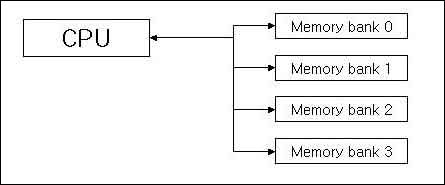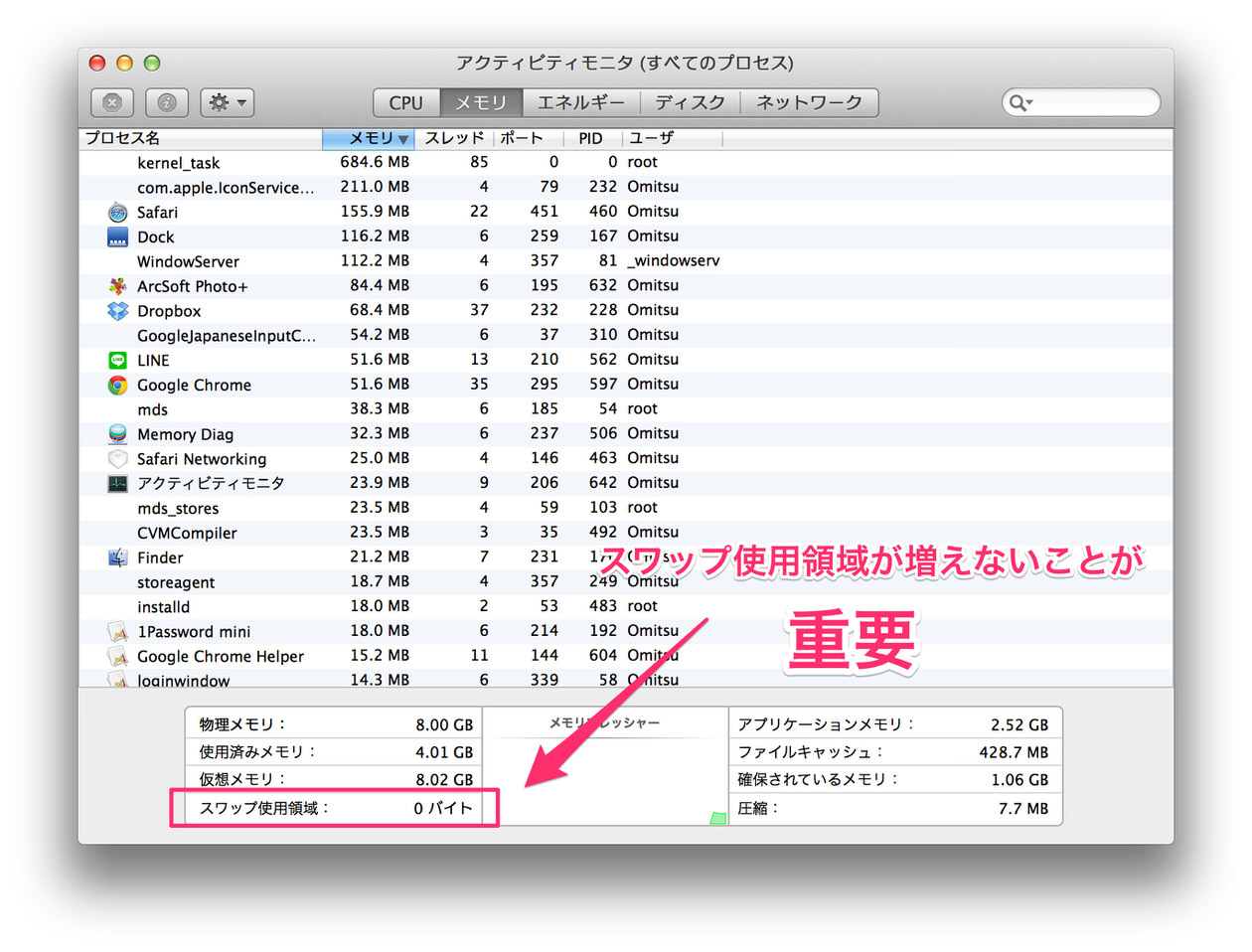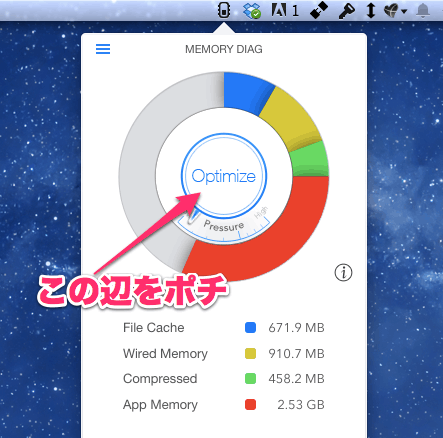

The problem is that the HDD does not show up in device manager, but it does show up in BIOS.

#MEMORY DIAG WINDOWS 8.1#
I recently built a PC, installed Windows 8.1 on an SSD and connected an extra 1TB HDD for storage. Ran the memory diag and boom, detected! Awesome!
#MEMORY DIAG WINDOWS 10#
Intenso 120GB SSD detected in laptop bios but not in Windows 10 device manager nor disk management. I ran the Memory Diagnostic, and when that was finished, the HDD showed up just fine in Windows explorer. Then I plugged my HDD back, showed up fine in BIOS, but Windows didn't detect it (not in device manager, not in storage options). Had the same issue: I unplugged my HDD, installed an SSD and installed Win 10 fresh on the SSD. Runs on the reboot, scans, reboots to Windows, Notification that memory is just fine, open File Explorer. I've used this many times before, but not Win10. Until I see Chris_166 solution to run Memory Diag. Scanned Microsoft and the Internet, no solutions that worked. Ran the scan hardware utils in Device Mgr, what ever the troubleshooting asked for, nada. It came up in BIOS Gigabyte GA-Z97X-UD3H mobo. I detached the USB docking device, removed the hard drive and installed it in my Windows 10 machine. Getting Write rights to storage on the router was a pain.

Windows 10 previously attached to a USB docking device on my ASUS RT-AC68U. Referring to this post I did below and issue was resolved:ġ)Downloaded and executed Microsofts FixIt toolĢ)Opened device manager and under view selected show hidden devicesģ)Un-installed all entries from disk drive apart from active SSDĥ)Opened disk management tool - phew. In bios it was not detected when connected to CD slot. Upon booting from new ssd, I could not see my HDD in device manager or disk management tool. I upgraded my SSD and cloned from old SSD to new one. I had a working setup os SSD in primary slot and HDD in CD slot via caddy. If the BIOS sees it, and it shows up on the POST screen, then it will show up under disk administration, it could be that a person may not know exactly where to look on that page, but that is where you MUST start to make the drive visible, and usable by Windows. Note: HDD came out of a laptop.ĭevice Manager? I don't really know first hand about that, never had a need to go looking for a drive I was installing under the device manager, as the normal course of action for me is to go directly to the disk administration page to get things started. I have a suspicion this is more attributable to Microsoft's FixIt than TestDisk However you can use Hiren's BootCD (or similar) to access it outside of windows and recover data and/or fix partitions.Īlso > this< thread as a possible solutionĪ possible in windows option is TestDisk this is the same program used in Hiren's but can work within the windows environment.Įdit: I had no luck with TestDisk as it did not see the HDD, possibly as it is not visible in Device Manager, however, when I rebooted and forgot to select boot from USB Windows did pick up the HDD, fixed the partition during start-up and I now have access to it. I would try Microsofts FixIt tool as a first call I have been looking for an "in windows" solution but not sure there is one. I have a similar problem, I am able to see the HDD in bios but not in device manager. All the (above) suggestions are only possible if it is seen in device manager.


 0 kommentar(er)
0 kommentar(er)
